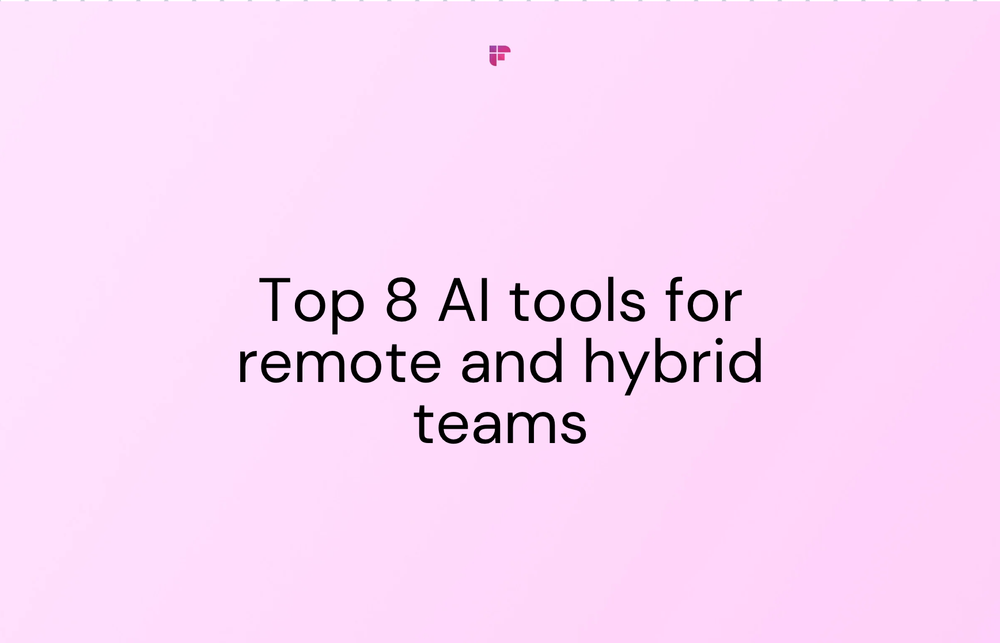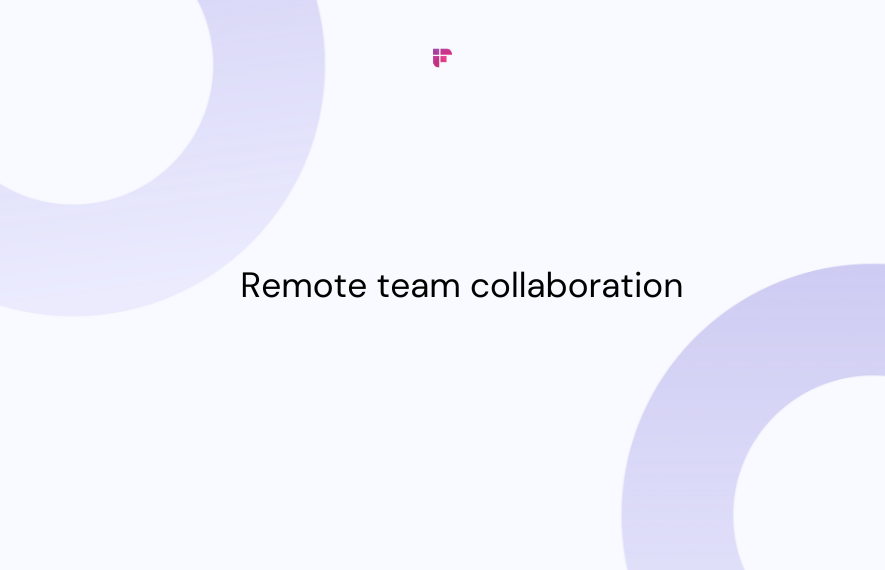“Your company will work for employees — not just the other way around,” is what a Linkedin report on global talent said last year. Seems quite clairvoyant now, with the great resignation breaking the internet of the hiring industry.
Now with Microsoft predicting that almost half the global workforce is on the brink of walking out on their employers, the internet is in a little bit of a frenzy over what exactly is the “great resignation”, and if it holds the potential to change the way the world works.
Is Great Resignation A Harbinger of Doom Or The Silver Lining We Need?
Before we move ahead and decode what exactly it means for billions of employees all over the world, let’s go back and refresh our memories:
While work from home as a concept is not new, it gained an exponential boom during the pandemic. Most companies were forced to adopt work from home, without any idea about how to create the right working environment.
While it seemed like an exciting break-away from the traditional, physical workspaces, the world eventually saw the drawbacks that come along with it. As we moved forward, we learned (by experience) that while work from home was the only way for people to keep their jobs and their companies running during the pandemic, it’s not a model that can sustain itself as the world renews in the post-COVID Vaccine world.
Now that we’ve established that the world needs to realign from this ‘era’ of remote workforce, we also need to be careful of how we analyze predictions like the ‘Great Resignation’.
With that in mind, we need to look at the great resignation from a perspective of consequences versus an approach that arrives at hurried actions.
Don’t get swamped by the great resignation wave https://t.co/J5d73wFXID
— Financial Times (@FinancialTimes) June 28, 2021
How to quit during "The Great Resignation": https://t.co/MGv1HMAGDq pic.twitter.com/TAzrW602n2
— Forbes (@Forbes) July 7, 2021
Why I decided to quit my retail job and join the Great Resignation https://t.co/1c4R2AsAxw
— Fast Company (@FastCompany) July 27, 2021
Clearly, there’s a lot of talk around the great resignation. Because the questions we need to ask ourselves don’t just revolve around “whether I should quit my job right now” or “how do I keep my best employees” but something larger, and more impactful -
What have we learned from our experience of work-from-home, and how do we apply it to the great resignation? The answer could be a movement towards creating a hybrid workforce.
Can The Great Resignation Change The Job Market For Good? Depends On Where You’re looking
With over 40 percent of the global workforce predicted to leave their jobs this year, a thoughtful approach to hybrid work will be critical for workplaces.
With so much change over the past year, employees are reevaluating priorities, home bases, and their lifestyles. So, whether it’s due to fewer networking or career advancement opportunities, a new calling, pent-up demand, or a host of pandemic-related struggles, more people are considering their next move.
Whether you’re an employee or employer, or just someone who’s curious - Here are some of the tectonic changes that the Great Resignation holds the potential to create in the job market:
1. The New Normal 2.0 Is Here, & Hybrid Work Culture May Replace Work From Home As The Top Working Trend
“Employee expectations are changing, and we will need to define productivity much more broadly — inclusive of collaboration, learning, and wellbeing to drive career advancement for every worker. All this needs to be done with flexibility in when, where, and how people work.”
- Satya Nadela, CEO Microsoft
Over the past year, no area has undergone more rapid transformation than the way we work. And now, employees want the best of both worlds. The Recent Work Trend Index survey also supports this sentiment with their findings.
Over 70 percent of workers want flexible remote work options to continue, while over 65 percent are craving more in-person time with their teams. Hence, C-suites will have to consider redesigning their working culture to foster environments that encourage hybrid working lifestyles.
All in all: While work from home seemed like a trend that was here to say, hybrid work preferences might soon dominate the work lifestyle conversation.
If you’re an employer: Begin discussions around your workplace to understand what your employees expect the work environment to be, and discuss potential changes that the company could undertake in the coming future to align with the outcomes of your discussions.
If you’re an employee: If your remote work life is burning you out and you’re tempted to join the “I quit” movement, talk to your employer first. If you enjoy your work but are looking for a change in your work lifestyle, this might be a good time to get more out of the job you already have.
2. The C-suite Needs To Re-Imagine What Flexibility Means For Their Employees
“Having a flexible schedule” was seen as the biggest benefit of working remotely, as agreed by many and also pointed out in Buffer’s State of Remote Work. Earlier this year, 45% of people surveyed felt that they were working more than they were before.
It almost seems like remote work came with automated benefits that everybody could reap once they adopted this work mode, and the life of a remote worker was somehow already ‘good enough’.
But since hindsight is a good teacher, we now know that the pandemic-remote work era wasn’t really setting its employees free, but making them more ‘home- bound’ and blurring boundaries between home and work. 80% of remote workforce surveyed said that they work from ‘home’ most of the time and not from an exotic, tropical vacation.
Thus, while the happiness meter of an average remote worker was dropping, the work satisfaction of the C-suite was actually on the rise. As Microsoft’s survey found; 61% of leaders say they are “thriving” in their careers— 23 percentage points higher than those without decision-making authority.
To round up: Business leaders are faring better than their employees, and it’s time this was addressed. The great resignation opens many doors for potential discussions that the C-suite should be having with their employees if they care about keeping them.
3. The Digital Overload is Real, And Exhaustive Working Hours Will No More Be Synonymous With Productivity
The digital intensity of employees has increased substantially in the last 2 years. Because while ten thousand articles around the internet will tell us that Self-assessed productivity has remained the same or higher for many employees over the past year, it comes at a human cost.
For example - The average number of meetings and chats have steadily increased since last year, and one in five global survey respondents say their employer doesn’t care about their work-life balance.
Thus the great resignation holds immense potential for re-visiting some of these outcomes of remote work and re-molding them to create better working environments for everybody.
Hybrid work lifestyles are starting to emerge as a concrete answer to these problems already. Companies dilute the disadvantages of remote and on-site work by combining the best of both worlds to mitigate the impact of new and ever-changing working styles. This needs to be planned for and adapted to quickly, so the work keeps happening efficiently.
4. Employers Will Have To Make Thoughtful Efforts To Re-energize The Gen-Z Workforce
Imagine you’re someone who’s starting their career, and experiences working for the first time physically disconnected from peers, and from home. That’s a lot of Gen Z right now.
While new generations offer fresh perspectives and challenge the status quo, the Gen-Z found itself entering a working environment that’s not very sure of itself.
Building meaningful connections is important to feel connected to the work you do, and this generation is more likely to be single and early in their careers, making them more likely to feel the impacts of isolation, struggle with motivation at work, or even lack the financial means to create proper workplaces at home.
In a nutshell: Gen-Z is struggling more at work, compared to other generations. Their contributions are critical, and as the first generation to start their jobs in a completely remote environment on such a widespread basis, their experience will set expectations and attitudes toward work moving forward.
Thus, it’s important for companies to start thinking about what they can do to ensure a sense of purpose and wellbeing in their younger employees. This could serve as the foundation of how hybrid work evolves in the future.
5. The Isolation that comes along with work from home will be better addressed
“When you lose connections, you stop innovating. It’s harder for new ideas to get in and groupthink becomes a serious possibility.”
- Dr. Nancy Baym, Senior Principal Researcher, Microsoft
The isolation that drives the pandemic spills everywhere, including work life. While it’s true that a collective sense of “being together virtually in these crazy times” felt reassuring to many employees (and people) in the beginning, it soon transformed into an isolating factor.
For example, a lot of employees were working as part of what we now call the ‘anonymous collaboration trend’ where a lot of employees didn’t really know who their peers were at all, but were still efficiently coordinating for work. Basically, there are a lot more check-ins and conversations around work, but very little connecting.
This is where the great resignation stands relevant. Hybrid work, which seems to be a direct consequence of the world moving back to ‘normalcy’ (with whatever that word even means anymore), may help revive our networks at work.
How Pandemic Drives Communication And Networking Dynamics In Remote Work
One of the cases made by Microsoft in its report on the great resignation highlights something that needs more study and introspection.
The report talks about communication trends in countries like New Zealand and even South Korea that were monitored for a year to understand emerging trends.
The monitoring found out that In New Zealand, eased lockdown restrictions improve workplace networks. We can see that team isolation — measured by a lack of communication with our distant network — spikes when lockdowns are issued. When lockdowns are eased, we see increased communication with our distant network.
Last 2 Cents
The talks of the great resignation make one thing very clear: As the world opens up, more employees are evaluating their next move.
Taken together, these trends show that we are no longer bound to traditional notions of space and time to work together. Instead, we can set aside our long-held assumptions and shift our mental model to embrace extreme flexibility.
So here's some tea for the road:
If you’re an employee: Don’t quit your job just yet. Evaluate the reasons that make you want to leave, and talk to your current employer about the problems you’re facing, to explore the possibility of conflict resolution, if you like the work you do.
But since there are always two sides to a coin, if you’ve been holding yourself back from changing jobs even though you knew it’s time, it seems like a good time to start looking. Pro tip - don’t quit a job until you have another, to say the least.
If you’re an employer: Re-evaluate what’s important for your company to grow, and have real, authentic conversations with your employees about how they’re feeling. Instead of ‘trying to retain your best employees’ focus on creating a better working environment that evolves with human needs.
And most of all, remember - people leave, whether it’s the impending clouds of the great Resignation, or just a wish to explore something new. Your efforts should go towards creating an organizational culture that helps you, your employees, and your company makes the most of the resources made available to you.






